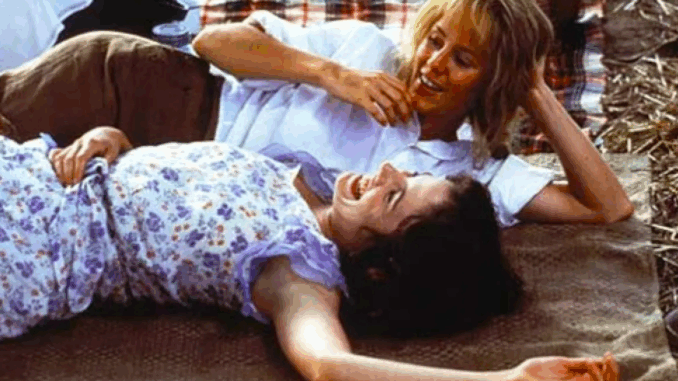
For decades, viewers have debated whether the bond between Idgie Threadgoode and Ruth Jamison was more than friendship. In 1991 mainstream Hollywood, a direct lesbian storyline was nearly impossible to green-light, yet director Jon Avnet and novelist Fannie Flagg layered the film with subtle cues—lingering glances, protective gestures, and dialogue that dared to tiptoe around romantic love.
Modern audiences, especially younger LGBTQ+ fans, have reclaimed Fried Green Tomatoes as a piece of quiet queer cinema. Online forums dissect every frame for hidden symbolism, from the honey jar scene to the tender river rescue. The fact that the film still invites such passionate interpretation speaks to its power: it gave representation when open depiction was risky, and in doing so, it built a secret community of viewers who recognized themselves in Idgie and Ruth’s devotion.
